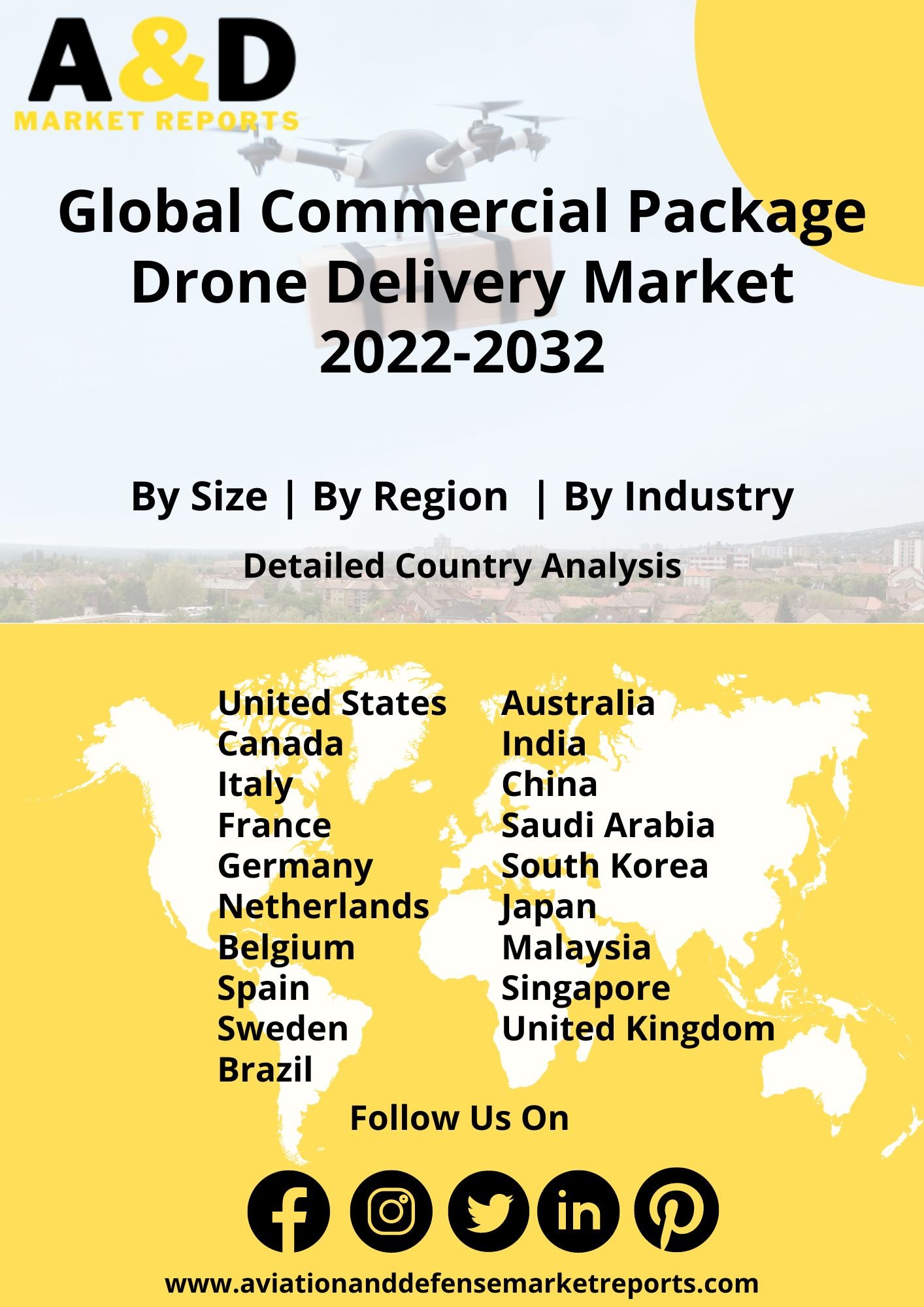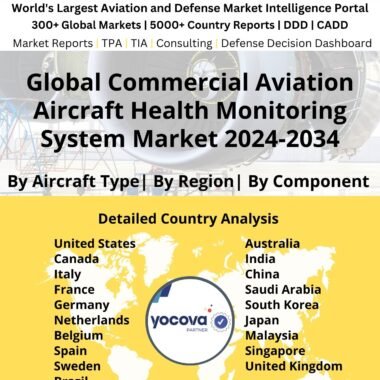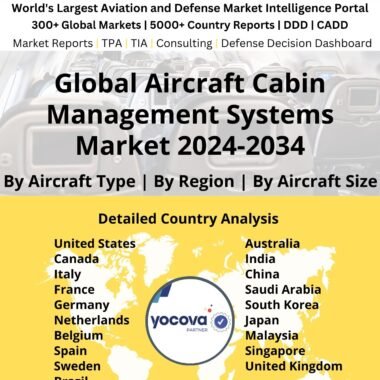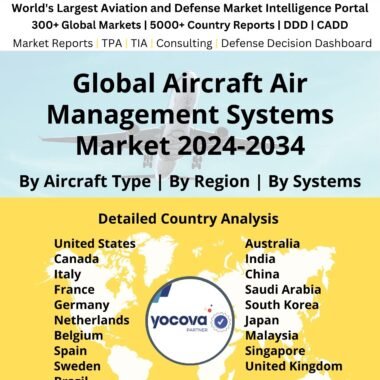Description
Drone platform was first deployed in military, research, photography, communication, and security applications. With the advancement of technology, the spectrum of applications grew to include package delivery, which has become a source for faster and more convenient deliveries to customers’ doorsteps. Small products, such as books, documents, medicine, and food, can be efficiently packed and delivered to customers on the same day they make their purchase using delivery drones. Drones are more cost-effective logistically than delivery trucks, including labor savings. Drones have a mobility advantage since they remove a road traffic stumbling block, which will reduce traffic congestion by removing vans and vehicles from the roadways.
In the drone delivery sector, postal service providers and e-commerce giants are key stakeholders. Organizations have begun to divide their commercial activities into drone service providers (DSP) and internal business services. DSP provides their services as a third-party vendor. Internal business services are using drone delivery technologies to better their own workflow. Wing, Matternet, Flytrex, Volans-i, Flirtey, Antwork, and Zipline are some of the most well-known drone service companies on the market. DHL, Walmart, JD.com, Amazon, and Zomato, on the other hand, are among the companies that have used drones to deliver their supplies. Also, the World Food Programme and UNICEF are government bodies that have launched a drone delivery initiative for humanitarian objectives, not just delivering but also teaching individuals to fly the unmanned aircraft.
Drones have evolved into highly proficient flying robots with time. Drones are now being developed with the ability to operate fast and efficiently. The drone’s mechanical architecture includes electronic controllers, sensors, complex algorithms, and even satellite technology. Drone growth has been fueled by technological breakthroughs in battery power, GPS technology, sensors, and telecommunications devices, including cameras. Great-range battery technologies are now available on the market, allowing drones to travel over long distances. Drones can transport things to the exact area quickly and precisely owing to GPS technology and three-dimensional mobility. It has also enabled real-time tracking, which aids both the controller and the consumer in tracking the package. Many drones now have cameras with a resolution of 36 megapixels, providing the operator and controller with a clear vision.
The biggest issue with drone delivery that the FAA perceives in the United States is communication. The FAA is concerned about the drone losing communication with its controller. As a result, the visual line of sight criterion is critical to ensure that the transmitter can always reach the drone. Drone Express has used its mesh network, which was initially built for the military, to connect with other drones in the air at the same time. This concept is also referred to as drone swarming technology. It allows the drone’s user or controller to hop through other drones in the air within a certain radius of a store. The mesh provides the operator with a visual line of sight and allows the drone and its operator to maintain constant contact.
One of the major aspects that contributes to a satisfied customer experience is delivering the package as promptly as possible. Online ordering has surged in significantly in recent years, resulting in a tenfold increase in the demand for delivery employees. Waiting for a product to arrive in seven days was a normal scenario for consumers a decade ago. The average time it takes for a delivery to arrive has decreased to two days over time. Customers now expect essential products to be delivered the next day or the same day. Drone delivery is estimated to cost 80 percent less than what a next-day delivery service cost now. Amazon has been testing Amazon Prime Air, which hopes to employ small drones to speed up package delivery in the last mile. According to early estimates, shipping a 2 kg item within a 10-kilometer radius in the United States costs Amazon between USD 2 and USD 8, compared to roughly 10 cents using a drone, which can deliver the same thing faster and on the same day.
The need for autonomous flying drones to deliver packages has surged as a result of COVID-19. Several regions around the world have been placed on lockdown as a result of the pandemic. Drones are being used in a number of ways to combat the coronavirus. Drone companies are partnering with local shop chains in Australia to carry supplies like as coffee and medical supplies to their consumers in order to curb the spread of the COVID-19 virus across the country. Due to COVID-19, Alphabet’s subsidiary firm Wing has seen an increase in the number of clients signing up for drone delivery. Wing has made alliances with additional local retailers in Australia, increasing the options available to their customers while also generating a significant cash stream for the company.
By 2025, companies throughout the world expect drone deliveries to be fully operational. Drone delivery infrastructure is lacking in major cities. Warehouses have been built on the outskirts of cities, which presents a barrier for drone delivery because long-distance deliveries are not currently possible. Drone delivery is influenced by a variety of parameters, including battery life, payload capacity, and adverse weather conditions. As a result, the creation of compact hubs that can not only contain deliveries but also serve as drone charging stations is critical. Amazon has already patented a beehive structure for building structures that may be used as drone ports for charging and monitoring drone traffic. Drones would be able to fly shorter distances and deliver multiple packages in less time if multiple drone centers have been built in a city.




